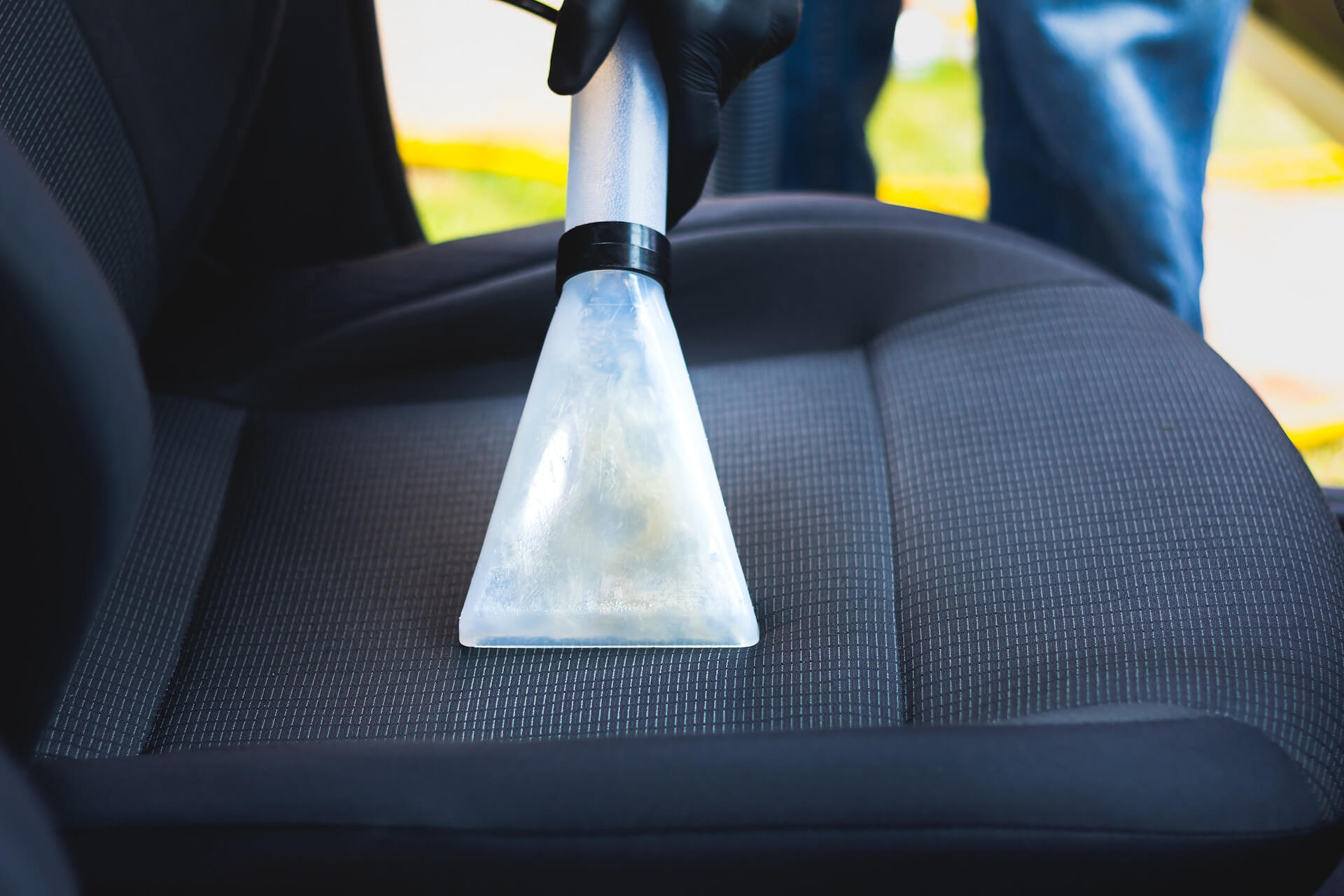The Role of Fences in Enhancing Your Home’s Aesthetic Value
From delineating your area to offering security, adding a boundary component to your property has several practical benefits. Apart from the practical, these buildings are rather important for the overall attractiveness of your home. A well-chosen one can improve the whole appearance and feel of your house, so producing a consistent and appealing outside. Though the outside of your property provides a significant canvas for visual improvement, thinking about raising your curb appeal usually includes thinking about landscaping, paint colors, and entryways. Consulting with a respected philadelphia fence company could help Pennsylvania residents wanting to leave a lasting impression access a range of choices that elegantly combine style and function.
Defining Your Property’s Outline
The barrier surrounding your house directly conveys the degree of your own space. A clearly defined perimeter gives the scene some order and structure. The selection of material and layout determines the property whether a low ornamental border or a more significant barrier. It frames your house and garden, so directing the eye and defining obvious lines that improve the general visual arrangement of your yard.
Material and Style Impact

The aesthetic result is mostly influenced by the kind of material and the selected design. From conventional pickets to solid paneling, classic wood’s warmth and adaptability allow for many designs. Often with complex features, ornamental iron exudes grace and refinement. For modern tastes, vinyl offers a low-maintenance choice with constant color and clean lines. To guarantee a coherent appearance, the architectural style of your house should preferably guide the choice of material and design. The knowledge of a competent philadelphia fence company helps one to strike the appropriate balance between practical requirements and visual wants. Such a company can provide customized solutions improving both safety and attractiveness.
Complementing Landscape Design
A property boundary is not only a separate building; it’s a fundamental component of your whole landscape design. It can establish separate areas in your yard, support climbing plants, or serve as a background for garden beds. While a lighter building can illuminate a shaded region, a dark-colored one can make green flora pop. The size and style should go well with the current landscaping features, such as trees, bushes, and flower beds, so producing a consistent and attractive outside area.
The buildings surrounding your land are significantly more than only functional restrictions. They are important design features that really improve the curb appeal of your house and its general visual worth. Your boundary will improve the beauty of your home if you carefully examine the material, design, location, and upkeep, so fostering a nice and appealing atmosphere.








































